BIO Teaching and Research Labs
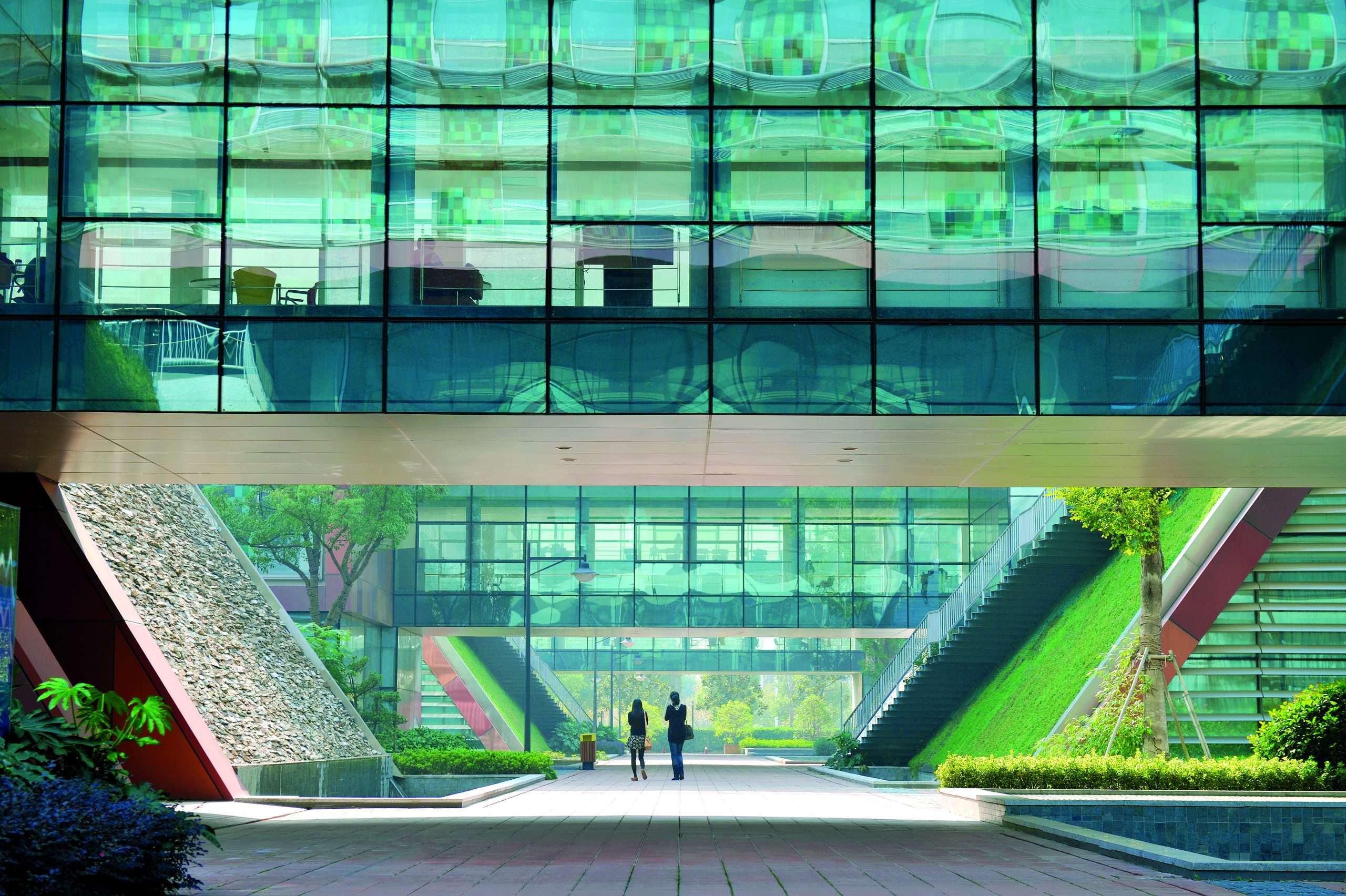
All

- About
-
Labs and Spaces
- BIO Teaching and Research Labs
- CHE Teaching and Research Labs
- HES Teaching and Research Labs
- Suzhou Key Labs - 苏州重点实验室
- International Joint Frontiers Materials Frontier Research Lab
- Selenium Innovation Lab
- Outdoor Research and Teaching Space
- Atmospheric Research and Teaching Observatory
- Sci-iGEM
- AI4Health Suzhou Key Laboratory
- Suzhou Municipal Key Lab of Neurobiology and Cell Signaling
- Yuefengdao Ecology Station
- Suzhou Municipal Key Lab of Biomedical Sciences & Translational Immunology
- Suzhou Municipal Key Lab for Metabolic Syndrome Drug Research
- Suzhou Municipal Key Laboratory of Cancer Biology and Chronic Diseases
- Research
- Advanced Materials Research Center (AMRC)
- Global Partnerships
- Contact
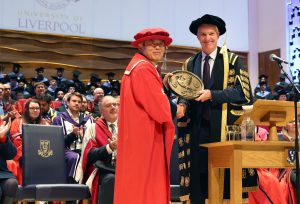


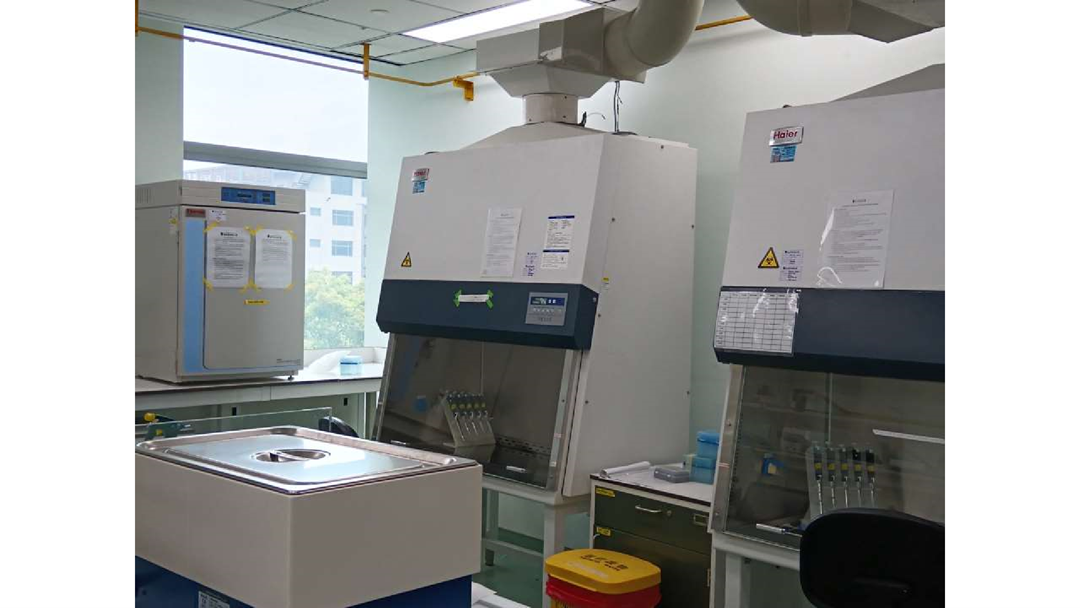
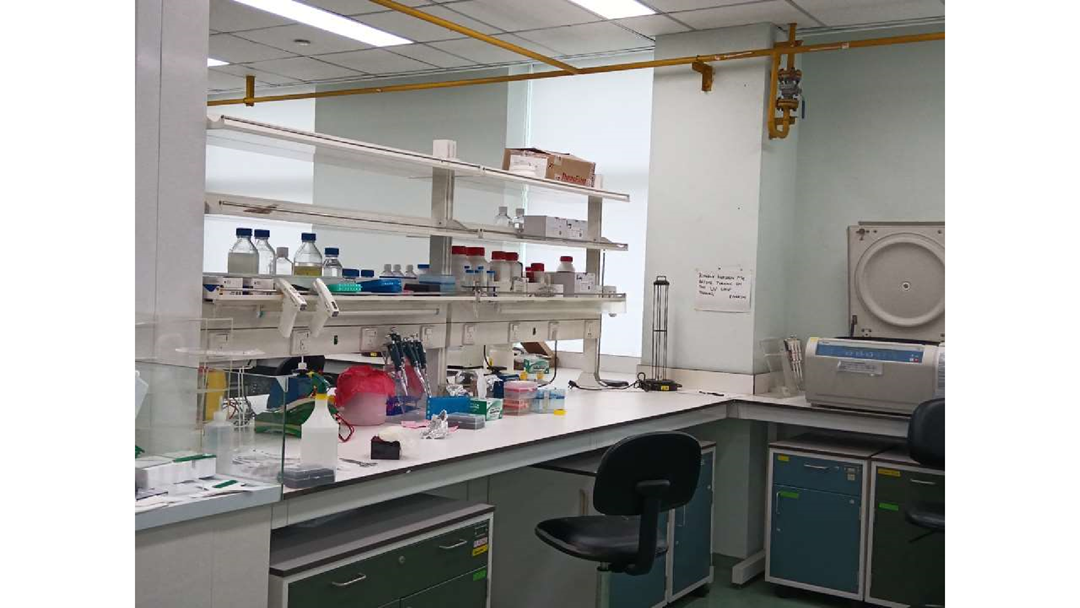
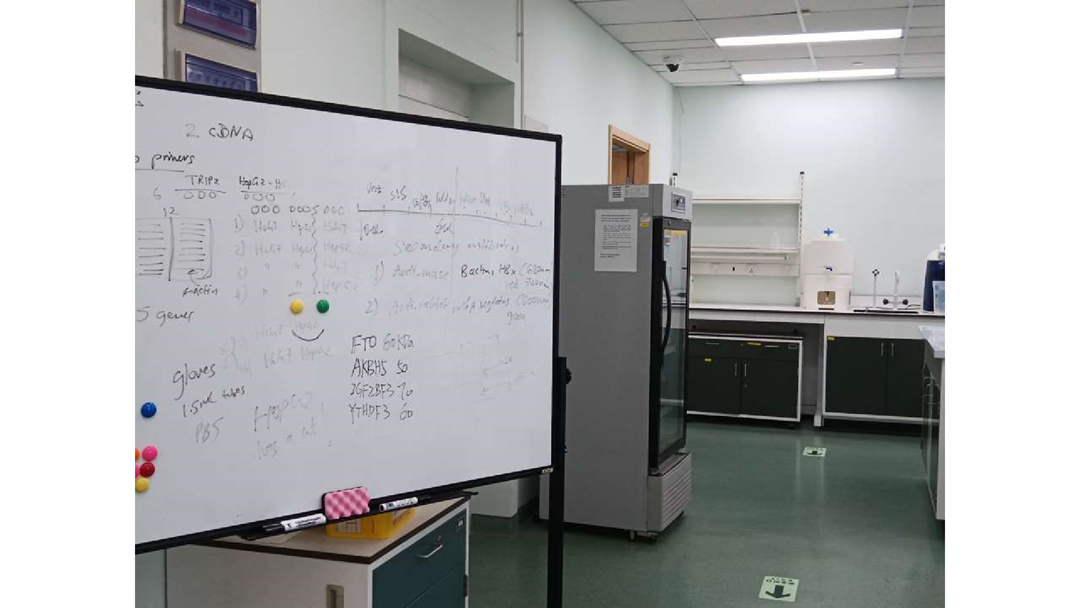
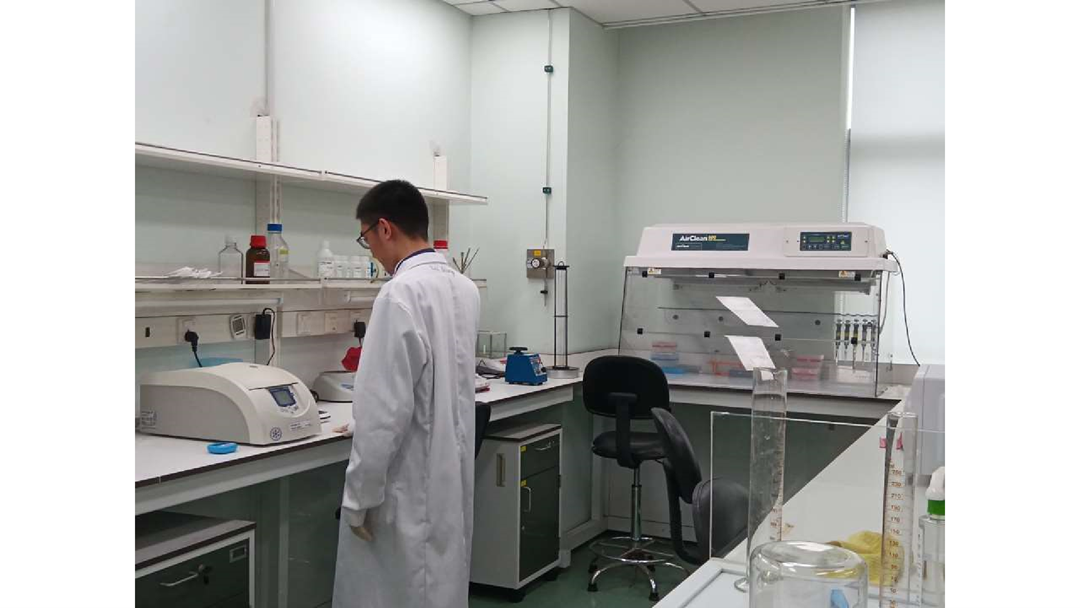
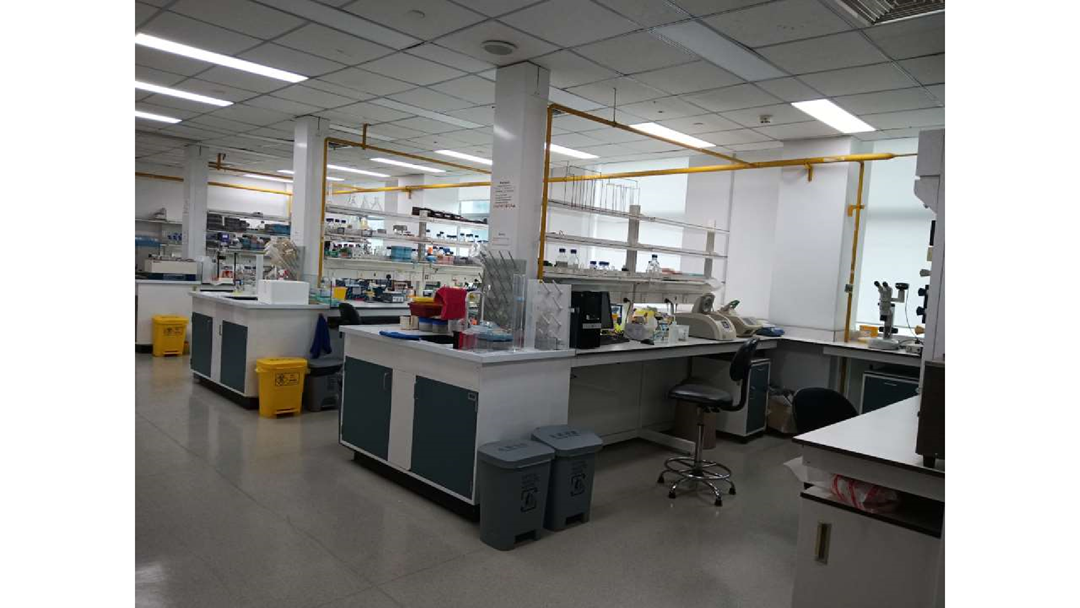
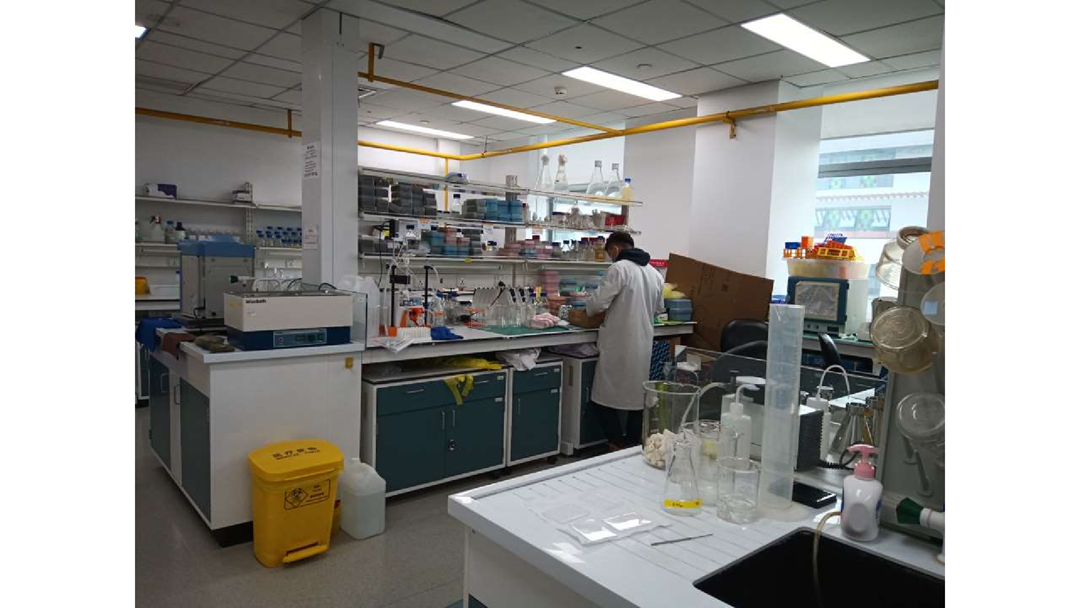
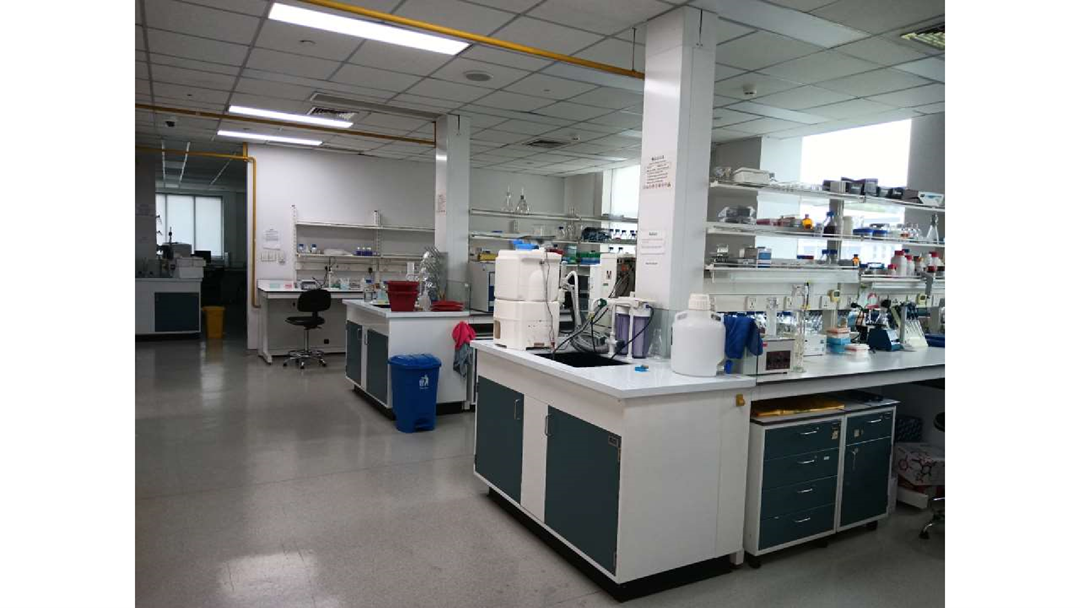


The Department of Biological Sciences has a total area of more than 1500 m2 of research laboratories and 830 m2 of teaching laboratories. The research laboratory consists of four Level 1 laboratories and one Level 2 laboratory. Among them, the largest research laboratory covers an area of 842 m2, and the Level 2 laboratory covers an area of 135 m2. Each research lab is a relatively independent laboratory, equipped with all kinds of basic instruments and equipment required by the experiment of molecular biology, cell biology, microbiology. The teaching laboratory has multimedia teaching equipment, spacious experimental space, clean and tidy experimental bench, a variety of basic equipment, which can meet the teaching requirements of various courses related experiment.
The laboratories have all kinds of imported equipment and instruments, including most of the advanced equipment required for molecular biology, cell biology, immunology and microbiology, and is managed by high-level technical staffs. Current facilities and major items of instrumentation include: